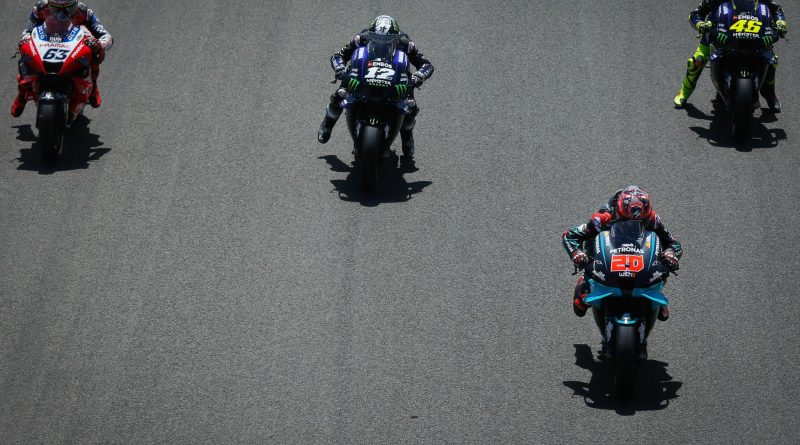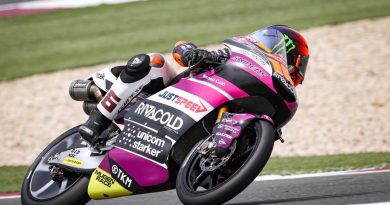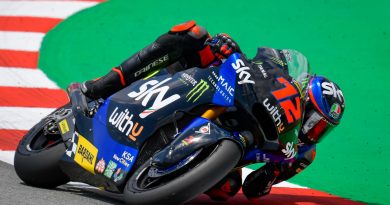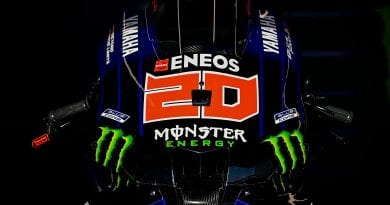How have the MotoGP satellite teams caught up?
MotoGP is going through a transition that has been excellent for the sport as a whole, with the satellite teams matching (and beating) their Factory counterparts.
This can be put down to two things, and they’re quite simple really. Satellite teams now receive bikes that are up to the same spec as the Factory machines, and manufacturers hire future stars to be placed into the satellite teams but contacted to them, so they can reap the rewards of nurturing the talent as it arises before having to take a huge risk by replacing their rider already in the team who is proven.
Ducati are the best example of this. They’ve been giving the Pramac riders equal equipment for years, with Danilo Petrucci and Jack Miller using the current spec machinery to springboard themselves into the Borgo Panigale Factory seat, and with Ducati getting riders who they know can ride their current bike it is mutually beneficial.
But it hasn’t always been this way. It got to the point where Herve Poncharal got so frustrated with Yamaha’s reluctance to give his Tech 3 squad current machinery that he broke off a 20- year relationship with the Iwata squad to join KTM for 2019, who now give them equal equipment to the Red Bull KTM squad. Yamaha ironically now give the Petronas squad current bikes, and although Franco Morbidelli is on an ‘A Spec’ machine it is a 2020 bike.
There were dark days to be a non-factory team in the 2012-2014 seasons, with the CRT (Claiming Rule Team) rule allowing you to enter a prototype chassis into MotoGP with a production bike engine, though the engine could be tuned. It just did not work, and the bikes were way off the pace. It was embarrassing for MotoGP on a whole, and this was changed in 2014 to the Open classification. These rules were closer, with pure prototype machines allowed but running a spec ECU chosen by Dorna, while the ‘Factory’ designated machines could still run their own custom software. It meant they were much closer and Aleix Espargaro even managed to podium an Open spec machine. But this clearly still was not the solution to bring the racing closer together, as Ducati showed when they entered the Avintia bike as an Open machine and it was never truly close to the Factory or Pramac machines.
Aleix Espargaro celebrating his podium for Forward Racing, achieved on an ‘Open’ bike
Something had to be done. So in 2016 MotoGP moved to a ‘control ECU’, designed by Magnetti Marelli. Concessions were brought in for any manufacturer who had not achieved a win in the dry between 2013 and 2015. These concessions meant extra testing, more engines allowed and more fuel for the race. You could then regain these concessions if you did not have a podium the entire season before, and it was a good system.
It has ended up with the satellite squads being just as good an option for a rider looking to step into the MotoGP class, as Fabio Quartararo has proven by hopping onto the Petronas Yamaha and setting the world alight, and it has all stemmed from the Open specification foundations. If you are a new manufacturer looking to come in, you will have the tools to enable you to become a race-winning team as proven by KTM, this can only be a good thing.
Featured image – www.motogp.com





